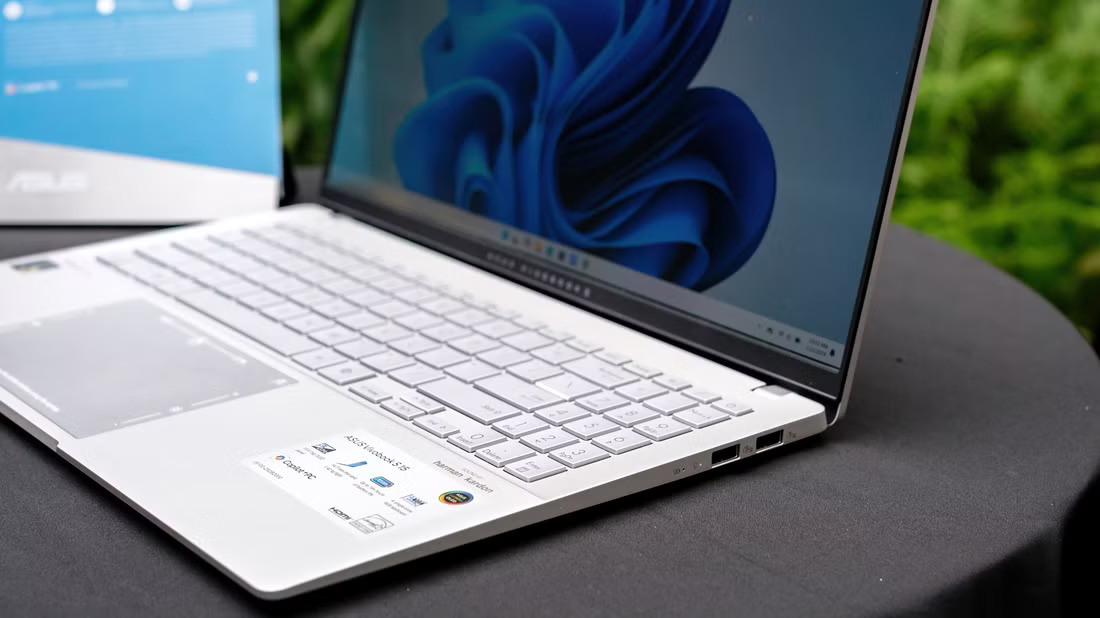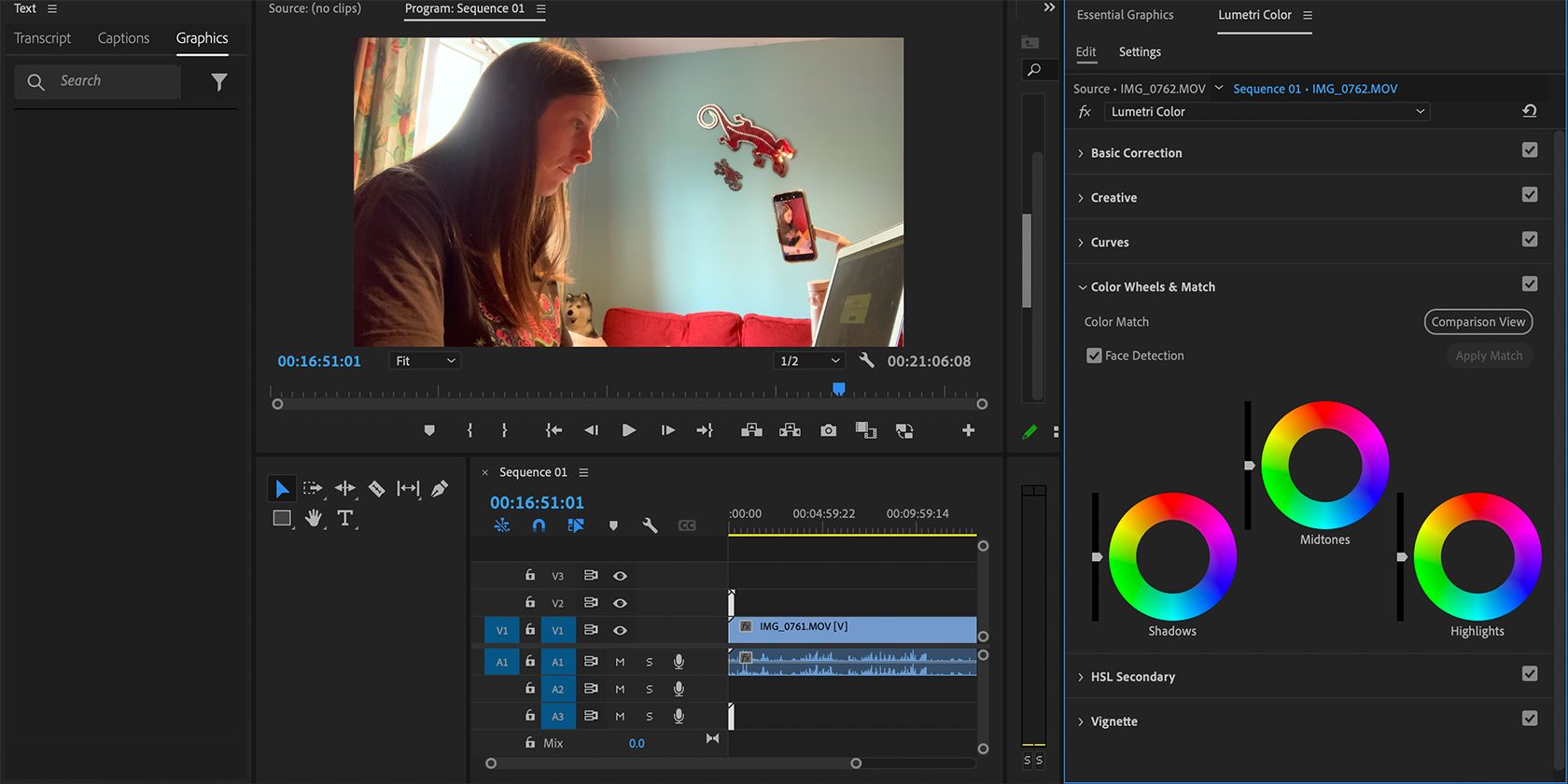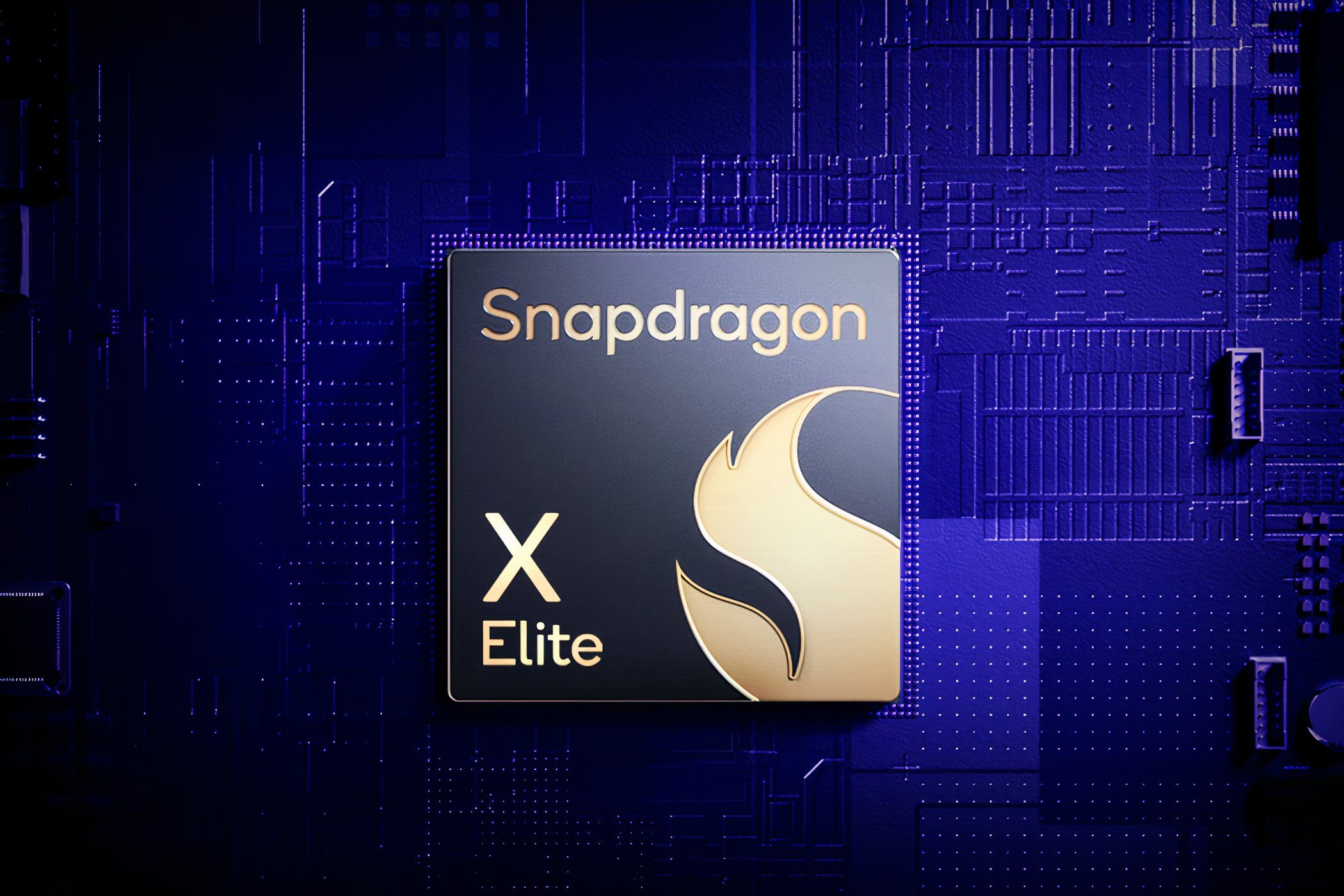The Snapdragon X Elite and X Plus processors intrigued me as I rely on a Windows laptop for most of my daily tasks. However, after weighing the pros and cons, I won’t be making the switch—at least not yet. Here’s why.
1Limited Gaming Capabilities
While the Snapdragon X Elite and X Plus chips excel in productivity tasks, gaming performance leaves much to be desired. Many popular titles fail to launch on these ARM processors, leaving gamers unable to enjoy their favorite games on the go.
Even when games manage to start, they often suffer from crashes and poor performance, as showcased in the video above. Demonstrations of certain games running smoothly on this processor are likely due to game-specific optimizations rather than the processor’s inherent capabilities.
The compatibility issues and subpar performance of the Snapdragon X Elite and X Plus processors plague most gaming experiences on laptops. Tweaking settings does little to improve frame rates, as the underlying problem lies in the chip’s functionality.
These limitations are concerning for someone who values gaming on the go. Not everyone prioritizes PC gaming on the go, but those who do may want to consider alternative CPUs with better integrated graphics performance for games.
2Slow Emulation Hinders Productivity With Non-Native Apps
These CPUs handle native ARM applications with ease, but the story changes when it comes to non-native apps. Microsoft’s Prism emulator, built into Windows on ARM machines, attempts to bridge the gap. However, the results are mixed at best.
When installing traditional x64 programs, Prism works in the background to enable compatibility, but emulation comes at a cost: performance. Therefore, you should always check the compatibility of the software you wish to install—the site Windows 11 on ARM is a great resource.
Apps running through Prism, including productivity tools such as Asana and media players like Plex, often suffer noticeable slowdowns compared to their performance on x64 CPUs. The sluggish UI navigation and delayed response times can be frustrating, especially for someone like me who relies on these applications for daily work.
Both Snapdragon X Elite and X Plus struggle with non-native apps, which is a major red flag, making me hesitant about having these chips in my primary work machine. The performance hit is not just a minor inconvenience; it can significantly hinder productivity.
3Performance and Compatibility Issues With Specialized Software
I often rely on specialized software for my projects. Unfortunately, the Snapdragon X Elite (as well as the X Plus) struggles to keep up with these applications’ demands, making it a less-than-ideal choice for professionals.
CAD software like SolidWorks runs on this CPU, but only through emulation. Performance is usable for occasional on-the-go adjustments to parts, but it falls short of the smooth desktop experience I’ve grown accustomed to. Other CAD software faces similar emulation-related performance issues.
It’s no better when it comes to video editing. Adobe Premiere Pro is plagued by crashes and poor performance on Snapdragon’s X Elite and X Plus chips. When it does work, the experience is far from enjoyable. Qualcomm’s promise of support for the Adobe Creative Suite seems limited to Photoshop and graphic design applications, leaving video editors in the lurch, as programs like Adobe After Effects aren’t even available on the processor yet.
While the Snapdragon’s ARM processors may be suitable for basic tasks, their performance and compatibility issues with specialized software make them a tough sell for professionals.
4Future-Proofing Concerns Due to Uncertain Ecosystem Development
When investing in a new laptop, I want to ensure it will remain relevant and capable for the next few years. However, Qualcomm’s ARM-based ecosystem leaves me with doubts about its long-term viability.
While these chips show promise, the limited number of native ARM applications and the reliance on emulation for x64 programs raise concerns about future support. As developers focus on x64 and Apple’s M-series chips, the Snapdragon X Elite and X Plus chips may struggle to keep pace.
The Snapdragon X Elite and X Plus processors show promise in certain areas, but their limitations in gaming, emulation, and specialized software make it a hard sell for power users seeking the best Windows laptops for their needs.






